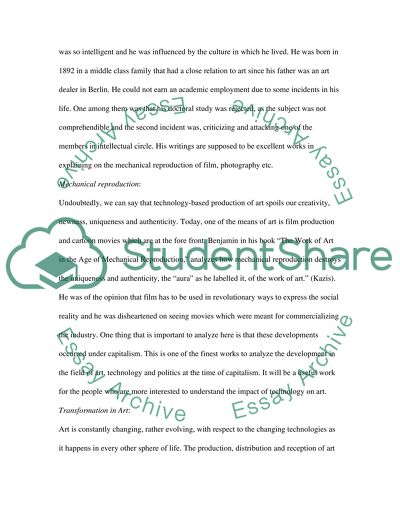Cite this document
(“Second year BA Photography Essay Example | Topics and Well Written Essays - 2500 words”, n.d.)
Retrieved from https://studentshare.org/miscellaneous/1567316-second-year-ba-photography
Retrieved from https://studentshare.org/miscellaneous/1567316-second-year-ba-photography
(Second Year BA Photography Essay Example | Topics and Well Written Essays - 2500 Words)
https://studentshare.org/miscellaneous/1567316-second-year-ba-photography.
https://studentshare.org/miscellaneous/1567316-second-year-ba-photography.
“Second Year BA Photography Essay Example | Topics and Well Written Essays - 2500 Words”, n.d. https://studentshare.org/miscellaneous/1567316-second-year-ba-photography.


